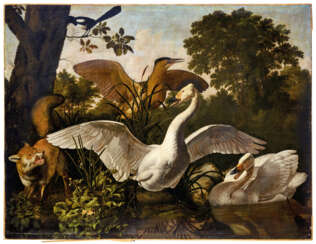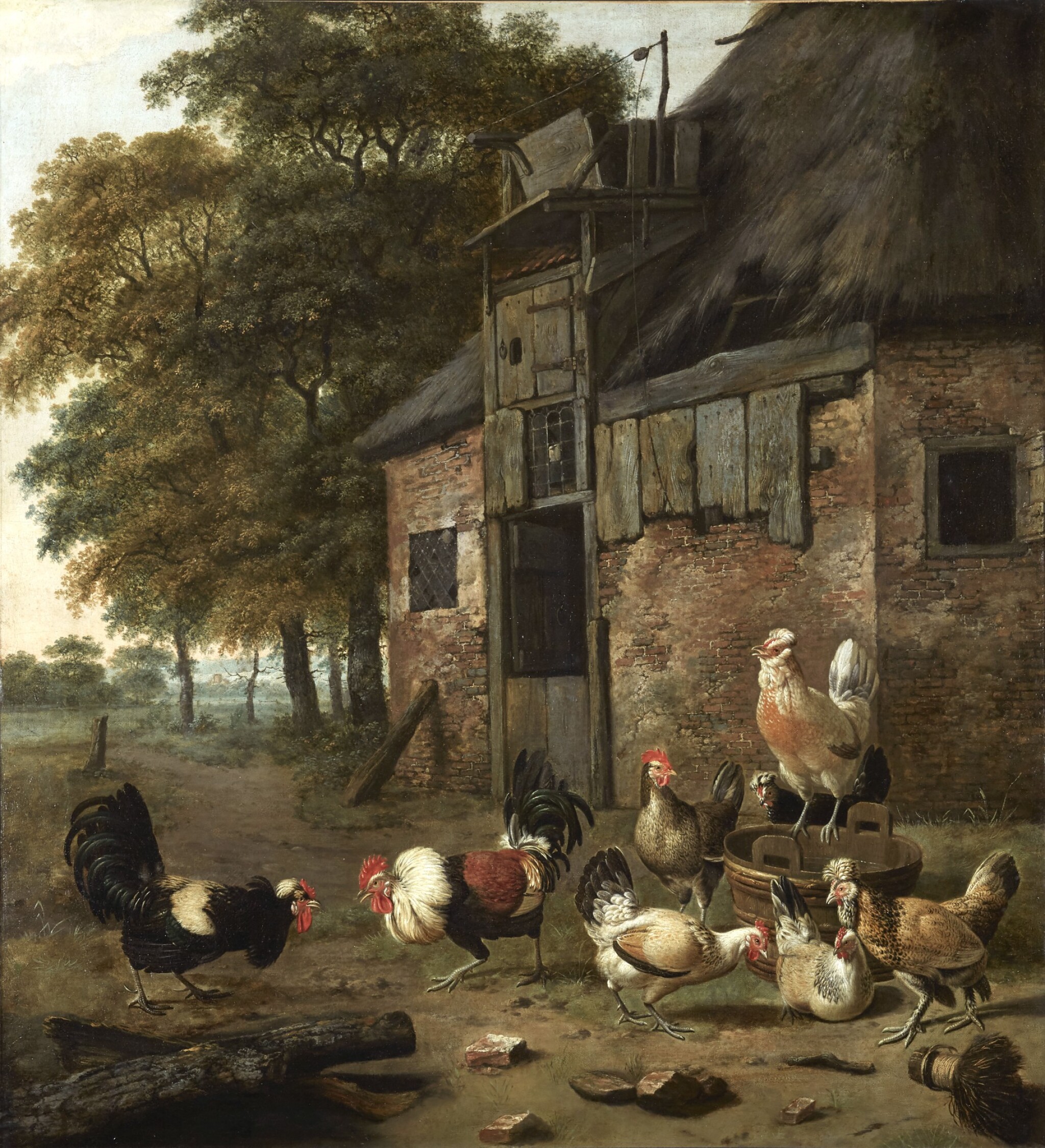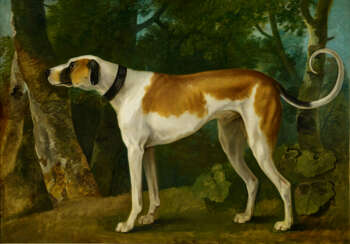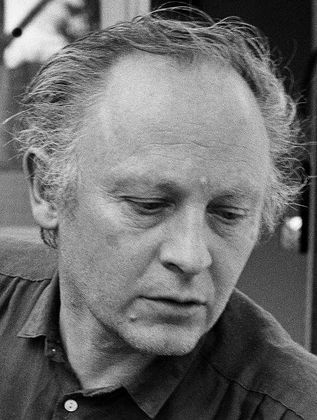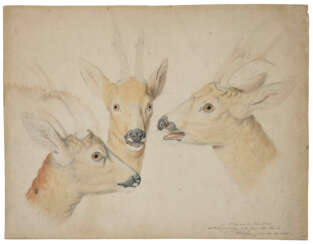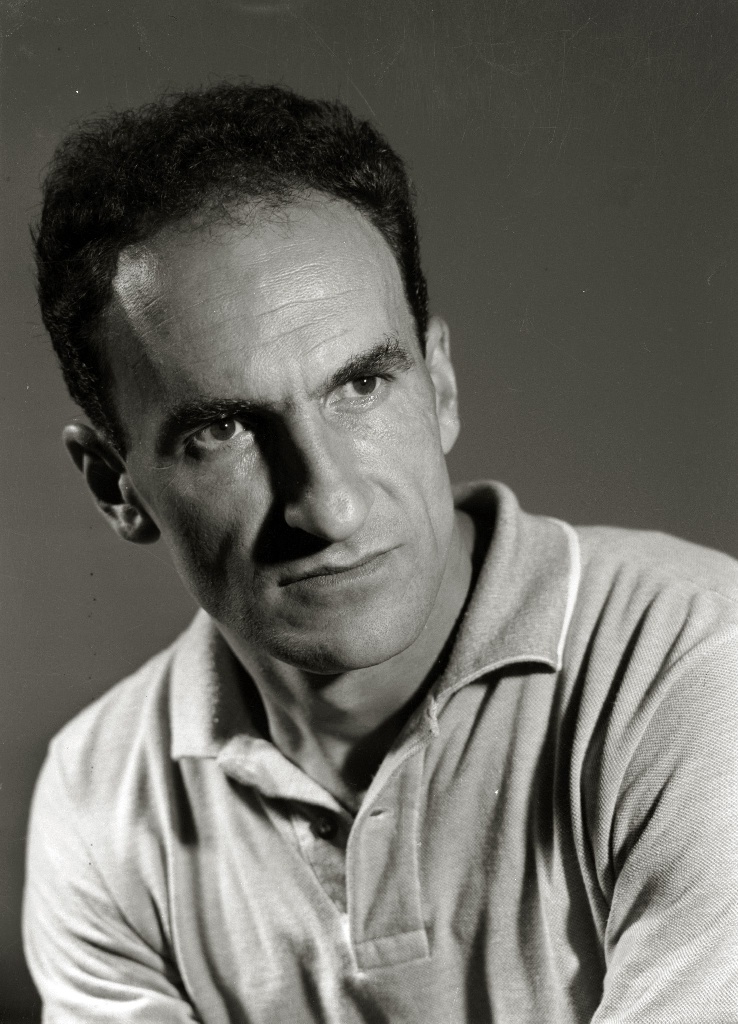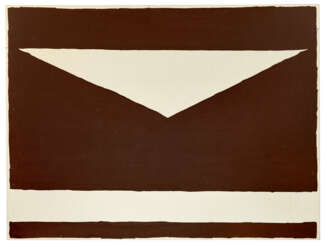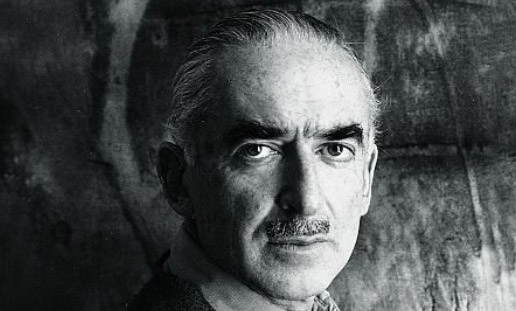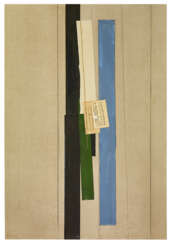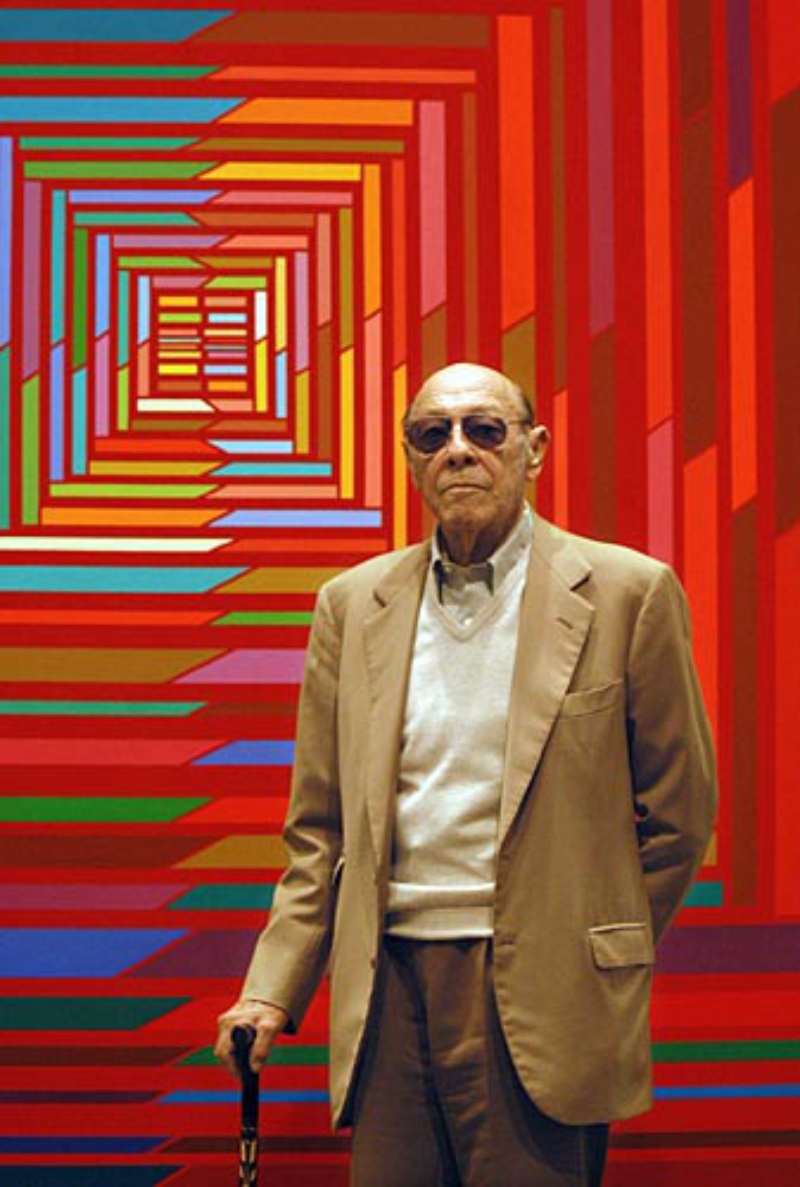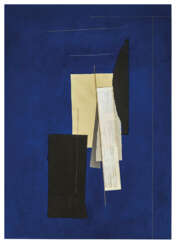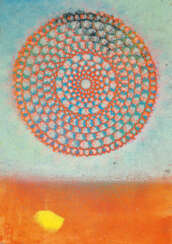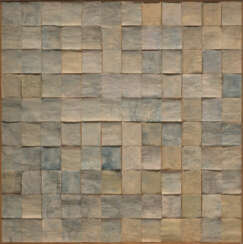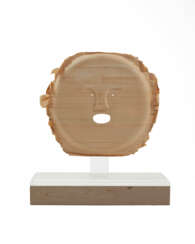
Paintings — Hubert de Givenchy - Collectionneur: Hôtel d'Orrouer I-II et Manoir du Jonchet | Day Sales
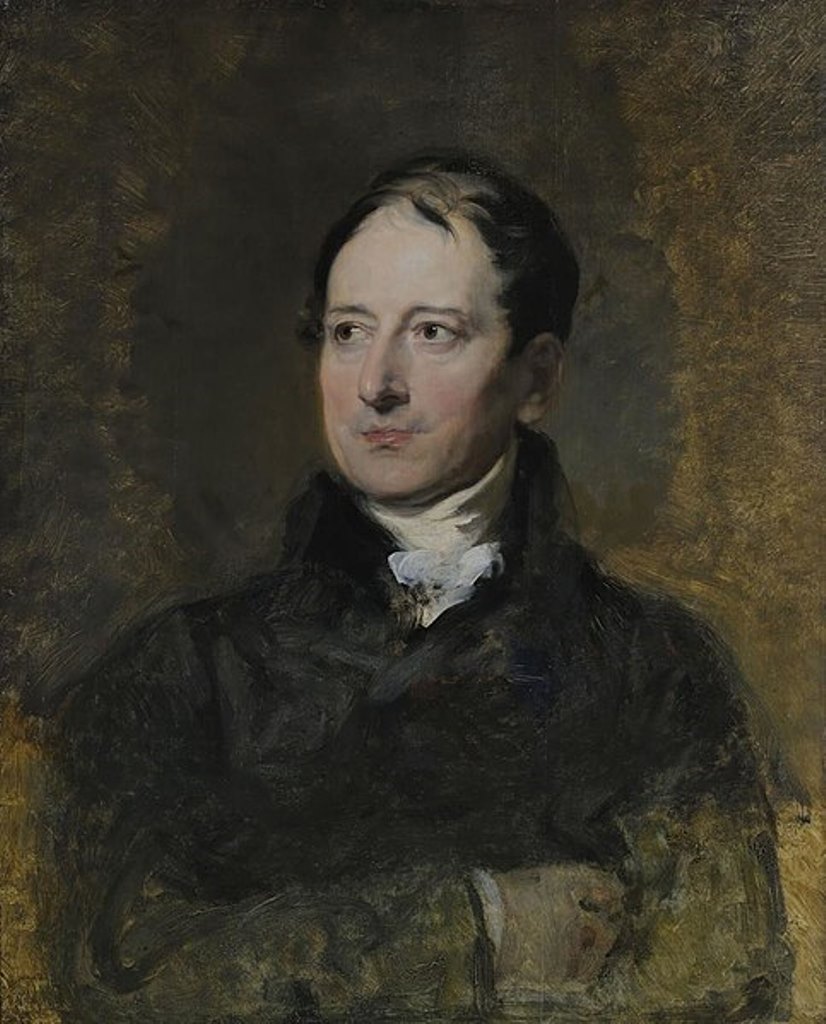
Baron François Pascal Simon Di Cerchia Gerard was a famous French painter of the late 18th century and the first half of the 19th century, an outstanding master of the portrait genre. Francois Gerard was also famous for his paintings on historical and mythological subjects in the neoclassical style. His portraits were highly regarded by the most important European nobles who often commissioned ceremonial portraits from him. His biography is an example of a successful career as an artist during a period of great political upheaval.
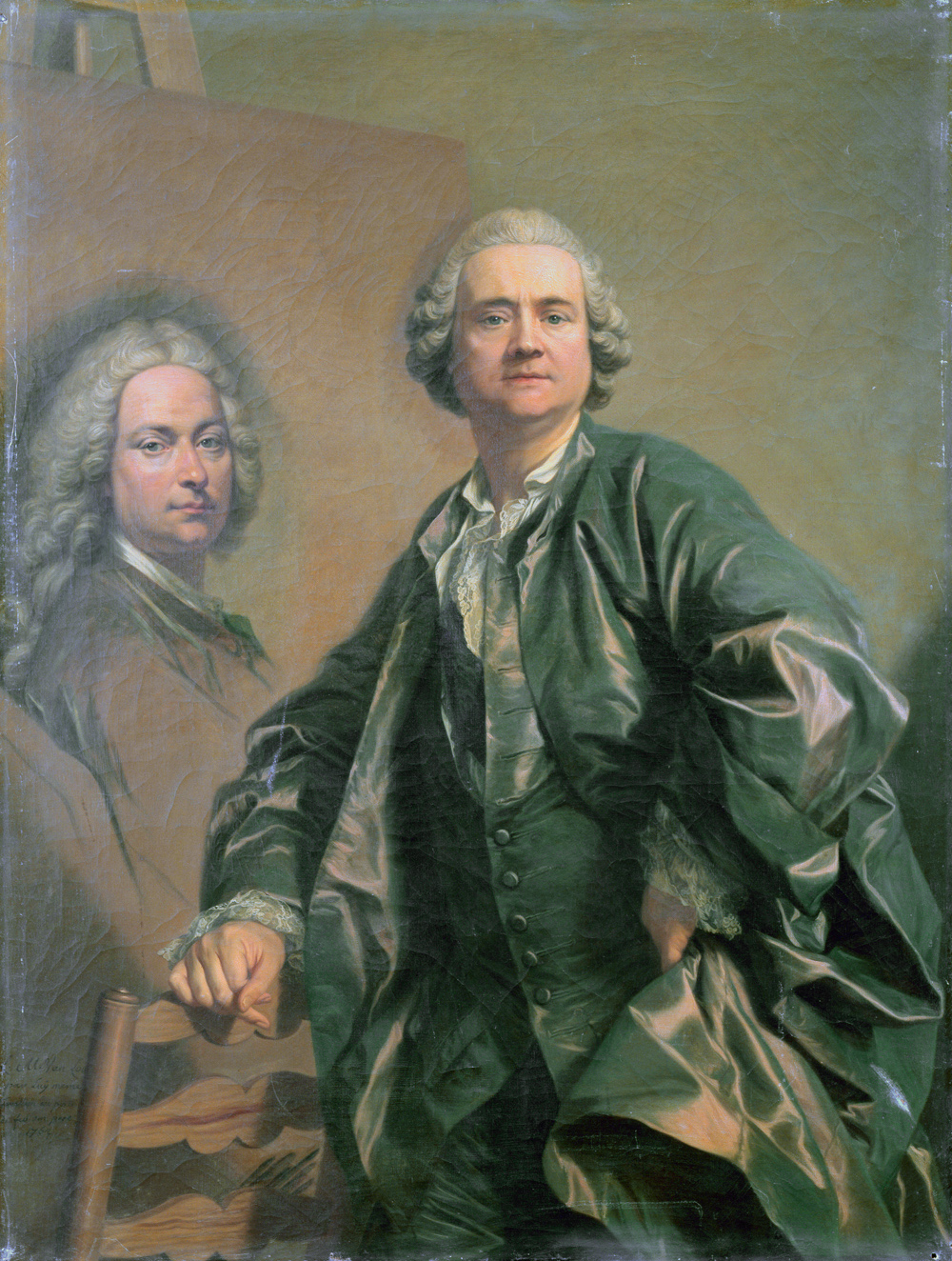
Louis-Michel van Loo, a prominent French painter born in 1707, was celebrated for his mastery in portraiture and history painting. Trained by his father, Jean-Baptiste van Loo, in Turin and Rome, Louis-Michel's early talent was recognized with a prize from the Académie Royale de Peinture et de Sculpture in Paris in 1725. His career flourished further when he became the court painter to Philip V of Spain in 1736, marking a significant period that included the founding membership of the Royal Academy of Fine Arts of San Fernando in Madrid.
Louis-Michel van Loo's return to Paris in 1753 led to his appointment as the director of the École Royale des Élèves Protégés in 1765, a position that underscored his influence in the art world. His body of work, known for its elegance and depth, includes portraits of European nobility and significant cultural figures, such as Denis Diderot and Louis XV of France. Noteworthy among his works are "The Family of Philip V" (1743) displayed at the Prado Museum, Madrid, and his portrait of Denis Diderot (1767), housed in the Louvre Museum, Paris.
For collectors and experts in art and antiques, Louis-Michel van Loo's paintings are not only significant for their artistic value but also for their historical context, reflecting the cultural and political landscapes of 18th-century Europe. His works are preserved in some of the world's most prestigious museums, providing a fascinating insight into the era's artistic trends and the subjects he portrayed.
To stay informed about Louis-Michel van Loo's artworks, particularly those coming up for sale or featured in auction events, signing up for updates is highly recommended. This service is tailored for art collectors and enthusiasts eager to deepen their collection with pieces by this distinguished artist. Subscribing ensures that you are the first to know about new sales and auction events related to Van Loo's legacy, offering a unique opportunity to acquire works by one of the 18th century's most notable painters.
.jpg)
Hubert Robert was a renowned French artist, celebrated for his captivating landscape paintings and architectural fantasies. Born in Paris in 1733, Robert's talent was nurtured early on, thanks to the patronage of the Choiseul family. His journey to Rome in 1754 marked a pivotal phase in his career, where he immersed himself in studying ancient and modern Italian architecture, significantly influencing his artistic style.
Hubert Robert's work is characterized by its romantic depiction of ruins, blending fantasy with historical accuracy, which earned him the nickname "Robert des Ruines." His landscapes and capricci, which are imaginative compositions of architectural elements, resonated with the art collectors and the aristocracy of his time, securing his place as a key figure in French art history.
Noteworthy are Hubert Robert's contributions to the design of picturesque gardens, where he provided atmospheric visions rather than practical layouts. His involvement in the creation of gardens at places like Ermenonville and Méréville showcases his ability to merge art with nature, creating spaces that were both innovative and inspirational.
His artworks, such as "The Port of Rome" and "The Old Bridge," are treasured in prestigious galleries worldwide, reflecting his enduring legacy in the realm of art and culture. For art collectors and experts, Hubert Robert's oeuvre offers a window into the 18th-century artistic landscape, where imagination and historical elements coalesce to form compelling visual narratives.
For updates on exhibitions and auction events related to Hubert Robert's works, sign up to stay informed about new discoveries and opportunities to appreciate the artistry of this exceptional French painter.
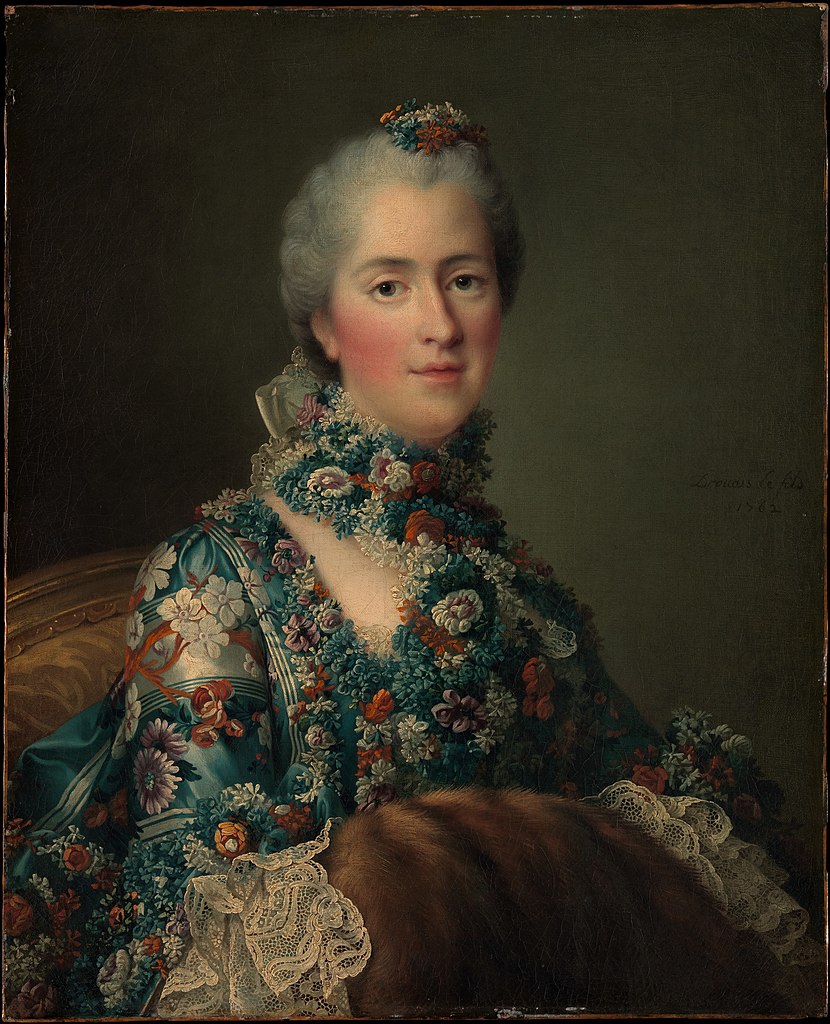
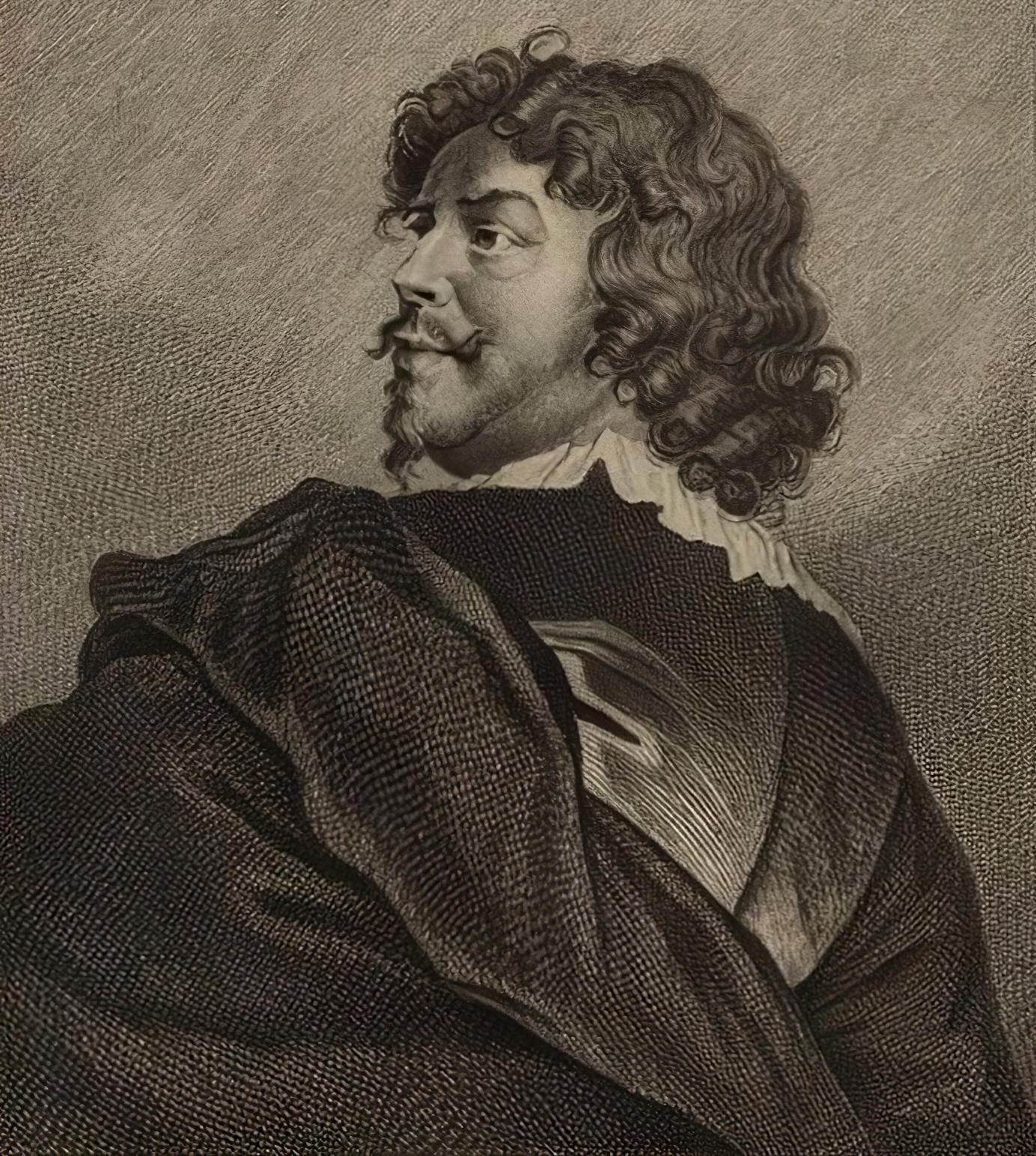
Cornelis Jansens van Keulen or Cornelius Johnson was an English painter of portraits of Dutch or Flemish parentage. He was active in England, from at least 1618 to 1643, when he moved to Middelburg in the Netherlands to escape the English Civil War. Between 1646 and 1652 he lived in Amsterdam, before settling in Utrecht, where he died.
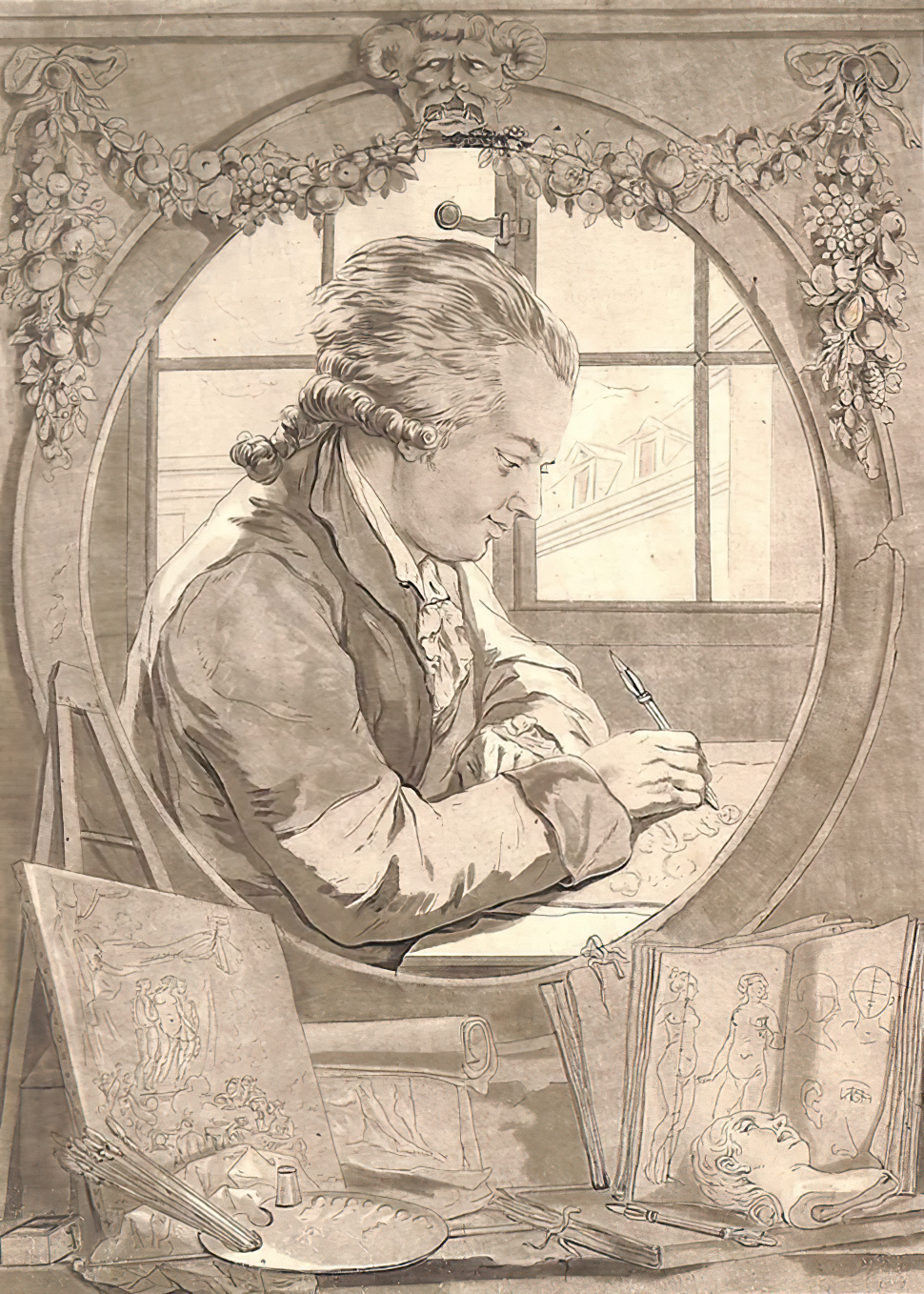
Jean-Baptiste Marie Huet was a French painter, engraver and designer associated with pastoral and genre scenes of animals in the Rococo manner, influenced by François Boucher.
.jpg)
Max Ernst was a pivotal figure in the 20th-century art world, whose work transcended the boundaries of nationality and genre to leave an indelible mark on culture, art, sculpture, and painting. Born in Germany on April 2, 1891, and later becoming a naturalized American and French citizen, Ernst's career was a testament to his relentless innovation and creativity. Known primarily as an artist and painter, Ernst was a founding member of the Dada movement in Cologne before becoming a major proponent of Surrealism in Paris. His early encounters with the works of Pablo Picasso, Vincent van Gogh, and Paul Gauguin at the Sonderbund exhibition in 1912 deeply influenced his artistic direction, infusing it with elements of Cubism and Expressionism. Despite his lack of formal artistic training, Ernst's experimentation with techniques such as collage and frottage showcased his unique ability to blend the absurd with the sublime, making him a central figure in the artistic avant-garde of his time.
Ernst's work is notable for its exploration of the unconscious, using dreamlike imagery and symbolic figures to critique societal norms and delve into the chaos of the human psyche. His experiences in World War I profoundly impacted his worldview, leading to a deep skepticism of Western culture and an enduring search for meaning through art. This is evident in works such as "Europe After the Rain II," which reflects the devastation of war and "The Fireside Angel," inspired by the political turmoil of the Spanish Civil War, showcasing his ability to address contemporary issues through a surreal lens.
Ernst's contributions to art are preserved in major museums and galleries worldwide, including the Tate in the United Kingdom and the Museum of Modern Art in New York. His sculptures, paintings, and collages continue to be celebrated for their innovative techniques and imaginative scope, marking him as a revolutionary figure in modern art. Among his most significant works are "Ubu Imperator," "The Elephant Celebes," and "The Virgin Spanking the Christ Child before Three Witnesses," each reflecting his mastery over a diversity of mediums and themes.
For collectors and experts in art and antiques, Max Ernst remains a symbol of artistic freedom and exploration. His ability to navigate through various artistic movements while maintaining a distinct, innovative voice is a testament to his enduring legacy in the art world. To stay updated on new product sales and auction events related to Max Ernst, signing up for updates is a valuable opportunity for those deeply invested in the nuances of modern and surreal art.
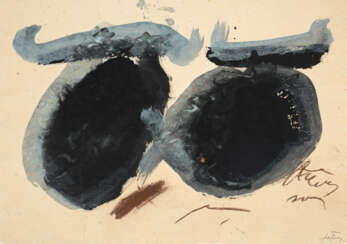




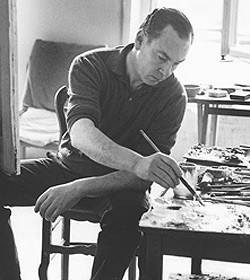


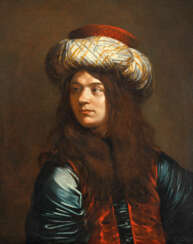

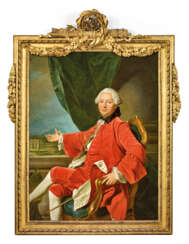



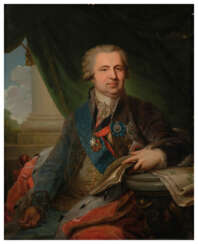

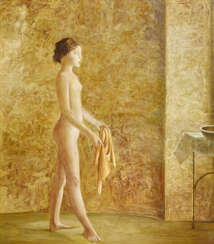

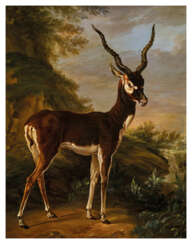

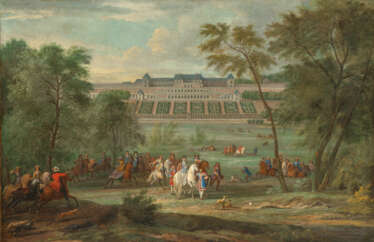

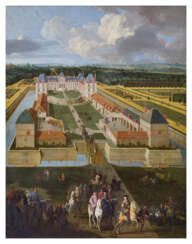

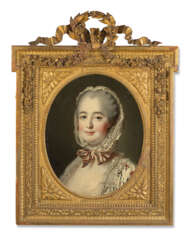

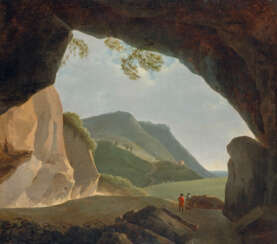

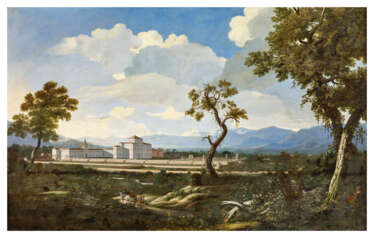

 de Heusch.jpg)


